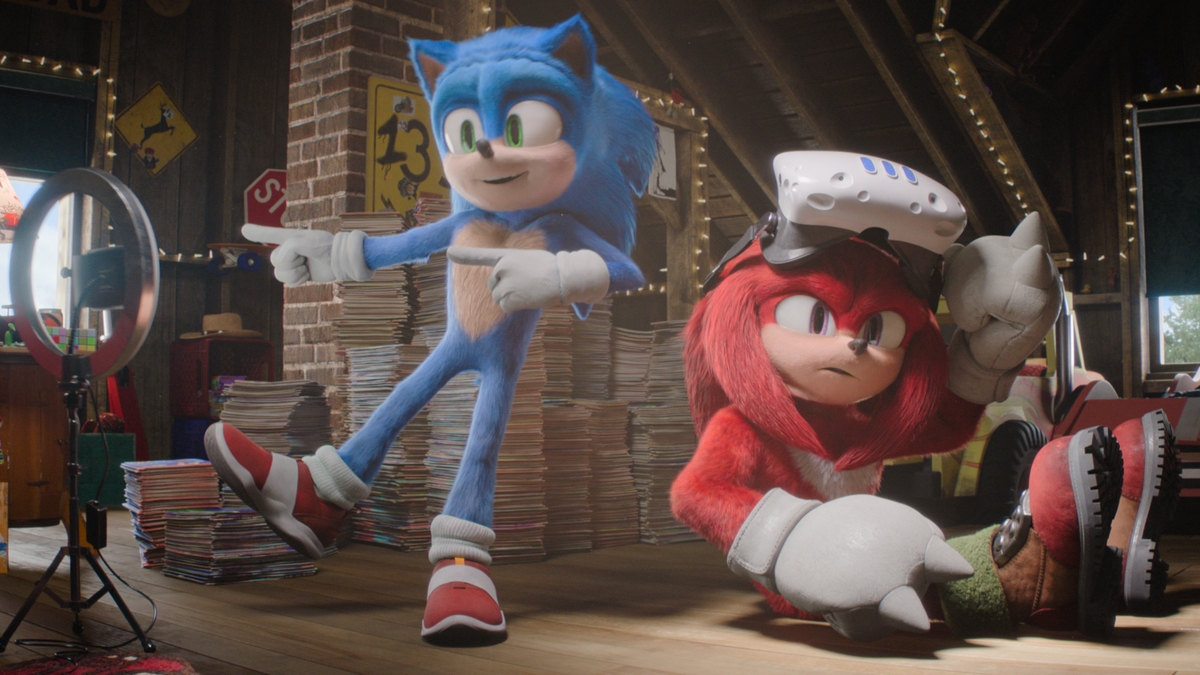
When I was first drafting this review in my mind, I wanted to try and avoid talking about the rocky path Mighty No. 9 took to release. The troubling development cycle and Kickstarter shenanigans of Comcept have been told in exhaustive detail by now. If we judged every game on how difficult it was to make, we would be slamming titles left and right. Of course, learning about all of the troubles that happened here, though, can be helpful in understanding how the final product turned out as lacklustre as it did.
In Mighty No. 9, players step into the shoes of Beck, the ninth member of the robotic combat team known as the Mighty Numbers. In typical Mega Man fashion, the other Might Numbers, as well as numerous other machines, are infected with a virus that turns them against humanity. With his creator Dr. White’s urging, Beck sets out to defeat his robotic brethren and discover what exactly caused all of this chaos to unfold. It’s perhaps here that you can best sense the Mega Man influence, as the storyline is just as inconsequential here as it is in that franchise. Honestly, you can skip every single cutscene and get the same, or perhaps even more, enjoyment out of the title.
Much like the storyline, the gameplay of Mighty No. 9 is similar to the exploits of the Blue Bomber. Beck, while not a full combat droid, comes equipped with a basic blaster. Upon saving his fellow Mighty Numbers, he gains access to the assorted powers they possess. Again, if you are at all familiar with lead designer Keiji Inafune’s most famous work, you’ll understand that these powers are both fairly standard, and necessary for survival. For example, beating Pyrogen, who functions as the designated Flame Robot, unlocks the explosion power, which can then be used on Cryosphere, who is the Ice Bot. It’s fairly simple to grasp once you get that first boss down.
What differentiates this title from Mega Man, though, is the dash absorption ability that Beck possesses. After he’s weakened an enemy, Beck can dash into them in order to not only build a combo, but also to acquire limited power-ups. At first I figured the speedy gameplay was only to entice score-chasing gamers, but the need for speed is important to survival. The timed enhancements provide helpful improvements to Beck’s movement and power, and dashing into bosses is critical to defeating them.
The dash-happy gameplay is interesting in theory, but in practice, it doesn’t work nearly as well as Comcept intended it to. Most of my issues with the mechanic stem from the fact that Beck somehow feels like he’s simultaneously stuck in sludge and slippery beyond reason. I don’t know if they were shooting for realism here, but he moves about as fluid as you think a heavy, robot boy should. Of course, when you boost forward though, it becomes difficult to rear him in. It’s too easy to go careening off a cliff or into an instakill wall of electricity. For a platformer that often needs precise movement, having your main character move with all of the grace of a half-functioning piece of machinery is not ideal.

Even if the mechanics of Mighty No. 9 were as precise as they needed to be, the level design from Comcept would still be disappointing. Considering this is supposed to be a spiritual successor to Mega Man, it’s baffling that stages here are so devoid of personality. Say what you will about the later entries into the Blue Bomber canon, but at least the levels were memorable.
Outside of one or two areas, I’m struggling to remember parts of Mighty No. 9 I literally just played through. And even out of those two memorable locations, only one was actually decent. The showdown with Aviator, which takes place on a massive tower, manages to be both visually and mechanically interesting. On the other hand, the hide and seek challenge of Countershade’s stage is a cool idea, but is hampered by lack of detail and variety.
Really, the lack of personality speaks to my problem as a whole with Mighty No. 9. For a title that was supposed to be a passion project for all parties involved, this feels remarkably like a C-level ripoff of Mega Man. It feels like a shovel-ware developer took one look at Capcom’s franchise and figured they could quickly fart out their own version of it. There’s just no soul or personality to be found in the game. This is especially disappointing to the countless fans who funded the title back in 2013 and expected it to be the proper successor to their beloved buried franchise.
If there’s one area of the game where Comcept did successfully replicate the Blue Bomber, though, it’s the constant threat of cheap deaths that litter the levels and boss battles. Every single level features at least one section of instakill bullshit that was annoying back in 1987, and remains annoying to this day. The bosses are a little better, if only because there are at least recognizable patterns for each one. Still, some of them feature cheap attacks that, when combined with the inconsistent hit window, lead to too many unnecessary deaths. It also doesn’t help that several important mechanics, such as how power-ups and the Action Shift jump work, aren’t explained outside of the pause menu. It’s odd that such important information feels almost buried by the developers.
I always feel bad about hammering indie developers about the aesthetics of a title, but the graphics and audio in Mighty No. 9 are so poor that they need to be mentioned. I already talked about the lack of personality, which covers the stale character design and level layout, but the lacklustre graphics don’t help. I’m being completely honest when I say this looks like an early Xbox 360/PS3 game at best. Just search out clips of the laughable explosions or the static character models in cutscenes if you don’t believe me. The voice acting would be just as funny, if it wasn’t equally as grating. The constant shrieking of Dr. Sanda and the lifeless tone of sidekick Call are particular lowlights.
I’m not mad about how Mighty No. 9 turned out, but I am disappointed. There are moments of enjoyment to be found here and there, as the basic shooting and jumping aren’t that far removed from the classic Mega Man gameplay I know and love. It’s just that these moments of happiness and joy are buried under lifeless aesthetics and relentlessly cheap gameplay. I’m assuming Comcept took plenty of time to study the classic adventures of the Blue Bomber, but it’s crazy that the only lessons they seemingly learned were the ones that eventually doomed the franchise.
This review was based on the PlayStation 4 version of the game, which we were provided with.






